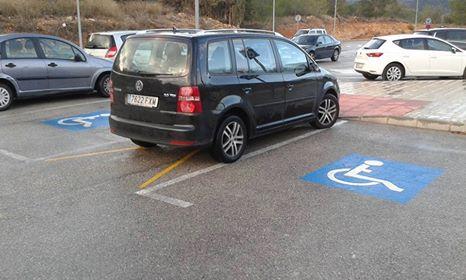1. Stopping and parking should be carried out by placing the vehicle parallel to the edge of the road. By exception, another placement will be allowed when the characteristics of the road or other circumstances allow.
2. All drivers who stop or park their vehicle must do so in a way that allows the best use of the remaining available space.
Only one parking space should be occupied. Failure to do so may result in a penalty for minor infringement.
3. In the case of a motor vehicle or moped, if the driver has to leave their vehicle, they must also follow, as soon as they are applicable, the following rules:
A) Stop the engine and disconnect the starting system and, if they move away from the vehicle, take the necessary precautions to prevent its use without authorisation.
B) Leave the handbrake on.
C) In a vehicle provided with a gearbox, the driver must leave it on first gear if they are on an upward slope, reverse, in descendant, or, where applicable, the parking position.
D) In the case of a vehicle which weighs more than 3,500 kilograms of maximum authorised mass, a bus or a group of vehicles and the stop or parking is done in a place on a slope, its driver must leave it properly parked, either through the placement of wedges, without the need to use elements such as stones or others not expressly intended for that function, or by supporting one of the steering wheels on the curb of the sidewalk, tilting these towards the centre of the road on the ascending slopes and outside in descending slopes. The wedges, once used, must be removed from the road before resuming movement.


